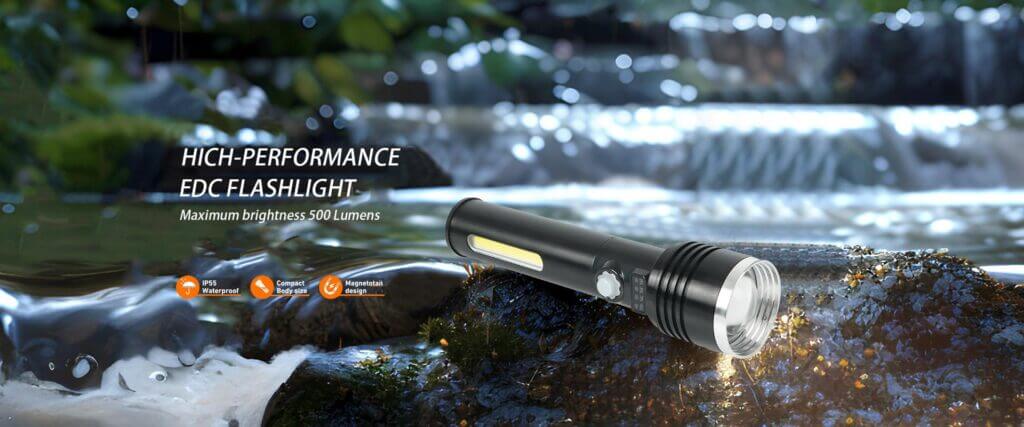Table of Contents
Emergency flashlights are essential tools that provide illumination during power outages, natural disasters, or any situation where visibility is compromised. Their reliability can significantly impact safety and efficiency during emergencies. Whether you are dealing with a blackout, navigating through dark roads, or performing a search and rescue operation, the right flashlight can make all the difference.

What Makes an Emergency Flashlight Different from Regular Flashlights?
Unlike standard flashlights, emergency flashlights are designed specifically to provide reliable light in critical situations. The primary difference lies in their build quality and functionality. Emergency flashlights are constructed with features that ensure they perform under extreme conditions, including longer battery life, greater durability, and water resistance.
Table of Contents
In emergency scenarios, where power may be out for extended periods, or visibility is extremely limited, having a flashlight that can withstand these conditions is crucial for ensuring safety. This makes emergency flashlights far more dependable than regular options, which might not hold up in such challenging circumstances.
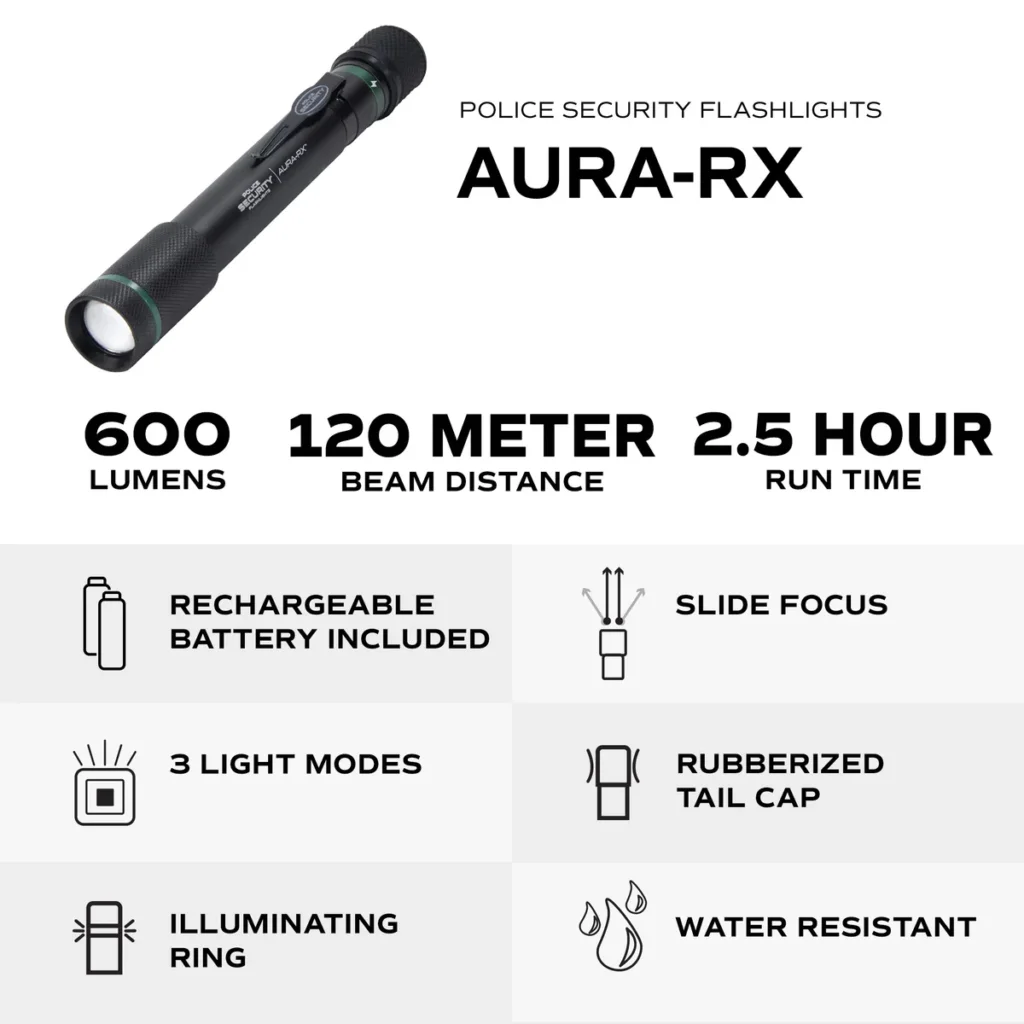
Key Features to Look for in Emergency Flashlights
When selecting an emergency flashlight, considering the following features will help ensure you get the best performance during critical moments. These features are designed to help navigate low-visibility environments, whether you’re at home, out on the road, or in an outdoor emergency situation.
- Brightness (Lumens): Ideal emergency flashlights range from 200 to 1000 lumens. Higher lumens ensure better visibility, which can be a lifesaver during nighttime evacuations or when searching for someone in dark areas.
- Battery Life: In emergency situations, long-lasting batteries are vital. Flashlights with rechargeable batteries are often a more reliable option, as they save you from frequently replacing batteries.
- Durability: Given the unpredictable nature of emergencies, flashlights made from tough materials like aluminum or high-impact plastic are essential. These materials prevent damage even under harsh conditions.
- Portability: A compact flashlight is easy to store and carry, making it a practical tool to have readily available in your emergency kit or car.
- Water Resistance: Outdoor conditions, especially in storms or floods, often demand that a flashlight is waterproof or at least water-resistant.
You can explore various flashlight options based on these features in our product section, where we offer an array of products tailored to meet your emergency needs.

What Are the Best Types of Flashlights for Emergencies?
There is no one-size-fits-all flashlight for emergencies. Choosing the right type of flashlight depends on your specific needs and the conditions you might face. Understanding the different flashlight types will help ensure you select the most effective option for your emergency kit.
- LED Flashlights: These are a popular choice due to their energy efficiency and long-lasting battery life. Whether it’s a household emergency or an outdoor scenario, LED flashlights can be used for extended periods, making them an excellent investment.
- Tactical Flashlights: Designed for high durability and brightness, tactical flashlights are often used by first responders, military personnel, and outdoor enthusiasts. These flashlights are built to withstand harsh conditions and offer high-intensity light when it’s most needed.
- Solar-Powered Flashlights: If you’re worried about running out of batteries during a long-term power outage, solar-powered flashlights can be a great backup. These eco-friendly options are especially useful when recharging is not an option.
- Hand-Crank Flashlights: Ideal for situations when you’re without batteries or electricity, hand-crank flashlights provide a sustainable source of light without the need for external power.
Each type has its unique strengths, and the right one for you will depend on how long you need the light, whether you need it to be portable, and the type of emergency you’re preparing for.
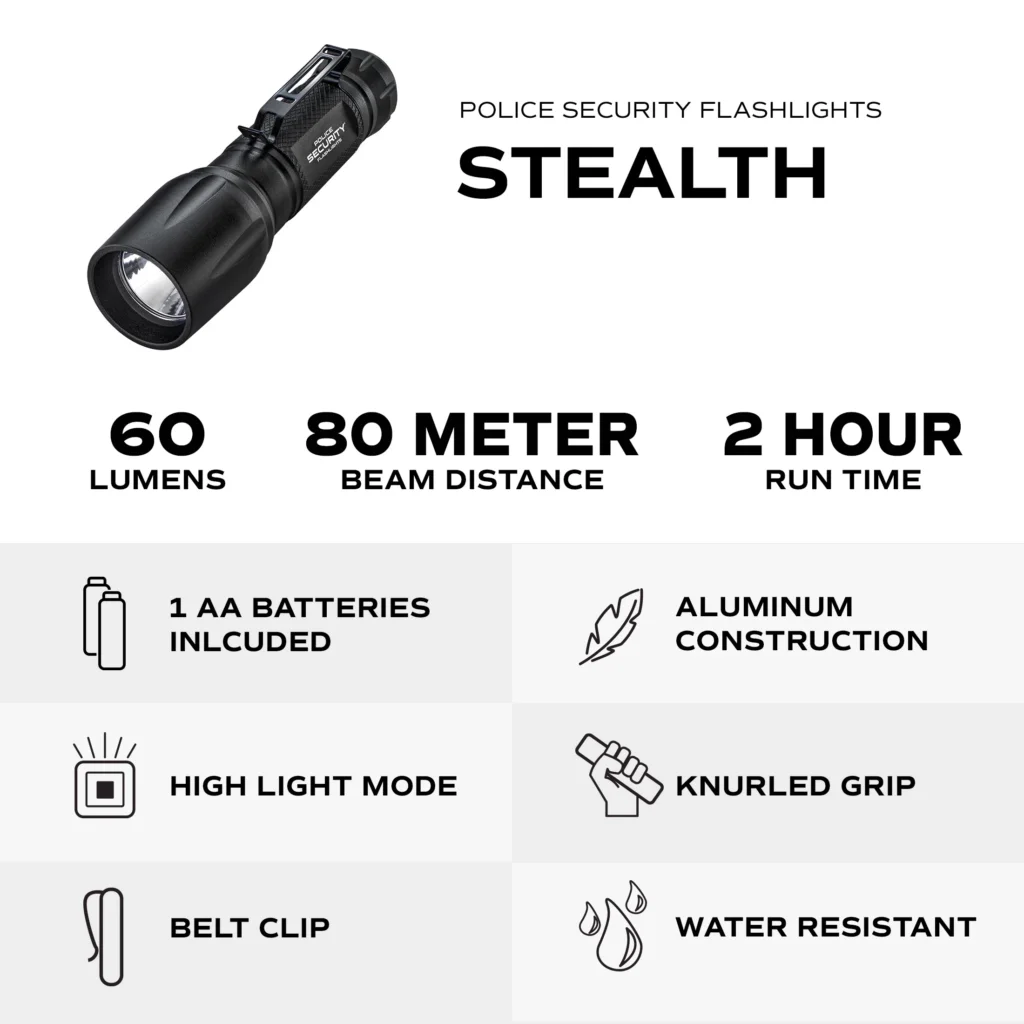
Statistics on Emergency Situations and Flashlight Usage
Understanding the importance of reliable lighting during emergencies is essential. Statistics reveal just how critical the role of flashlights is in managing emergencies. The growing demand for high-performance flashlights underscores this, especially as the need for tactical and emergency lighting increases.
In 2023, the tactical flashlight market was valued at USD 1.73 billion and is projected to grow to USD 3.4 billion by 2030. This surge in demand reflects the increasing awareness of how critical reliable lighting is during emergencies. It’s clear that people are becoming more conscious of preparing themselves for unexpected situations.
| Year | Market Value (USD) | Projected Growth Rate |
|---|---|---|
| 2023 | 1.73 billion | 11.4% |
| 2030 | 3.4 billion | – |
To explore more about the ideal flashlight brightness for emergencies, check out our article on flashlight brightness for detailed insights.
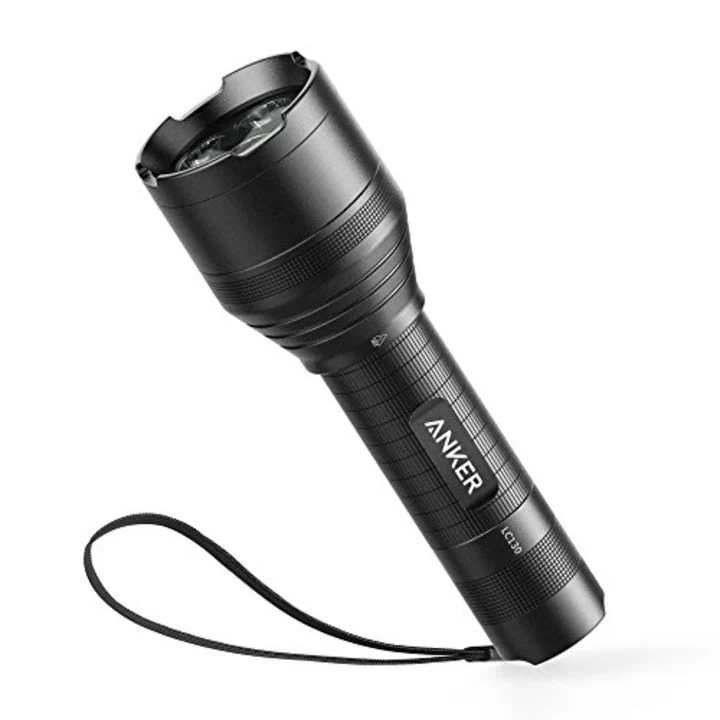
Real-Life Applications: How Flashlights Save Lives in Emergencies
Flashlights are more than just useful tools—they save lives during emergencies. In real-life situations, reliable lighting can be the difference between success and failure during rescue operations or when attempting to reach safety in a hazardous environment.
In search and rescue operations, flashlights guide rescuers through dark and potentially dangerous environments. For example, intrinsically safe flashlights are crucial in hazardous areas, such as chemical plants or places with flammable gases, where standard flashlights might spark an explosion. Without these specialized flashlights, it would be nearly impossible for emergency responders to navigate these risky environments safely.
Comparative Analysis: Rechargeable vs. Disposable Flashlights
Choosing between rechargeable and disposable flashlights is another critical decision when preparing for emergencies. Understanding the pros and cons of each option helps ensure you are fully prepared for any situation.
- Rechargeable Flashlights: These flashlights save you money in the long run, as you don’t need to replace the batteries frequently. They are also more eco-friendly, making them a better long-term solution for sustainability. However, they do require access to a power source to recharge, so they may not be useful if you’re in an area with no electricity.
- Disposable Flashlights: These are typically more affordable upfront and can be useful in situations where recharging is not feasible. While not as cost-effective in the long run, disposable flashlights are a great backup when you’re caught in a temporary situation with no access to recharging options.
Both types have their advantages, and the best choice depends on your specific emergency preparation needs.
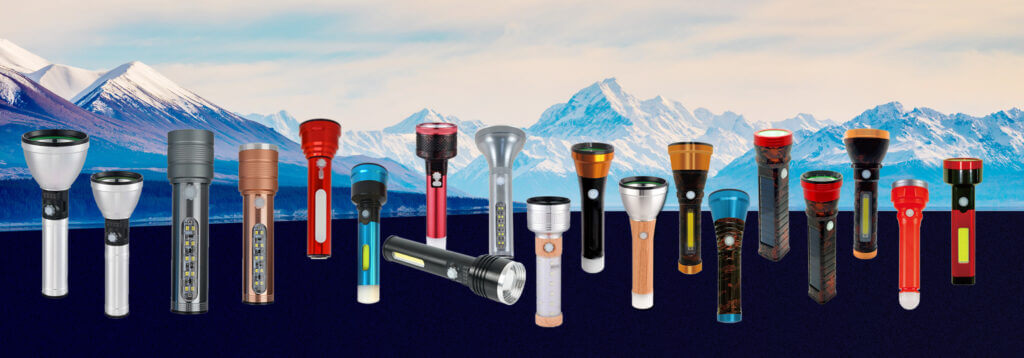
FAQs About Emergency Flashlights
As you prepare your emergency kit, you may have questions about which flashlight is right for you. Below are some frequently asked questions that can help guide your decision.
What are the best types of flashlights for emergencies?
LED and tactical flashlights are highly recommended due to their brightness, durability, and energy efficiency. Check out our LED flashlight collection for a variety of options that meet these criteria.
How many lumens do I need for an emergency flashlight?
At least 200 lumens is recommended for most emergency situations. If you’re dealing with larger areas or more complex scenarios, flashlights with 1000 lumens or more are ideal.
Are rechargeable flashlights better than disposable ones for emergencies?
Rechargeable flashlights are eco-friendly and cost-effective, though they require a power source for recharging. Disposable flashlights are convenient when a power source is not available.
What features should I look for in an emergency flashlight?
Look for flashlights with high brightness, long battery life, durability, portability, and water resistance to ensure maximum reliability in an emergency.
How do I maintain my emergency flashlight?
To ensure your flashlight is ready when needed, check the batteries regularly, clean the lens to maintain brightness, and store it in a dry, accessible place.
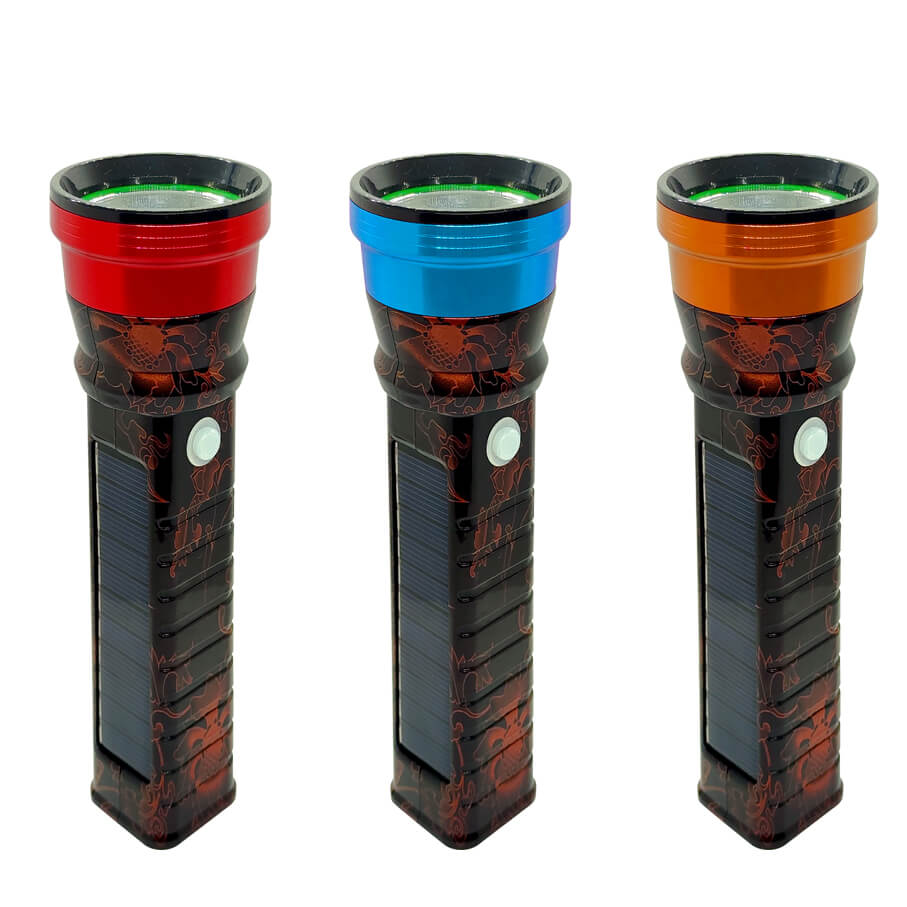
Tips for Maintaining Your Emergency Flashlight
Keeping your emergency flashlight in top condition ensures it will function when needed the most. Regular maintenance helps ensure that your flashlight will always perform optimally.
- Regular Battery Checks: Check and charge or replace the batteries as needed. Even rechargeable flashlights should be tested periodically to ensure they retain charge.
- Lens Cleaning: Wipe the lens to remove dirt and grime, ensuring maximum visibility during use.
- Proper Storage: Store your flashlight in a dry, cool place, and ensure it’s easily accessible in case of an emergency.
Taking these simple steps will extend the life of your flashlight and make sure it’s ready to go when you need it the most.
Conclusion: Be Prepared with the Right Emergency Flashlight
When disaster strikes, the right flashlight can be the difference between safety and danger. Whether it’s during a power outage, natural disaster, or outdoor adventure, having a reliable flashlight is a key part of being prepared for anything.
By understanding the types of flashlights, the important features to look for, and how to maintain your flashlight, you’ll ensure you’re ready for the unexpected. Don’t wait for an emergency to occur—visit flashlightvendor.com today to explore our range of high-quality flashlights. Take action now to be ready, and protect yourself and your loved ones in any emergency situation.
